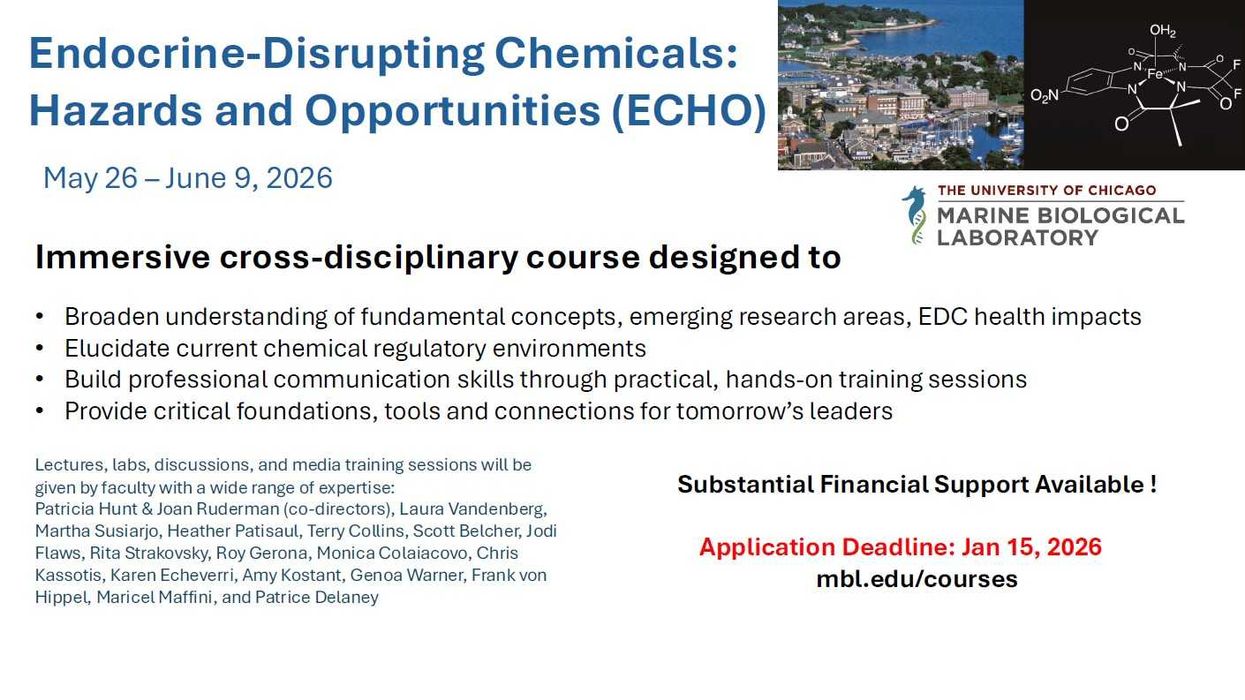When regulatory agencies assess the data on a chemical as part of their risk assessment they focus on two main types of studies.
First are the Good Laboratory Practice, or GLP, studies: Let's call them apples. They are standardized studies that use large numbers of animals, usually three doses of chemical, a standardized animal and standardized validated endpoints that include body weight, organ weights, estrus cyclicity, some hormones and histopathology. The second group of studies are those published usually by academic scientists: Let's call them oranges.
These oranges use smaller numbers of animals (determined by statistical analysis), an animal model chosen for the study, a variety of doses from one to five or more (usually significantly lower than those used in the guideline studies), and many endpoints usually focused on site and molecular mechanisms and disease-related outcomes.
Regulatory agencies, when assessing the data, always keep apples separate from oranges. The apples are considered high priority studies because they are standardized GLP studies. The oranges are considered as lower priority since the endpoints in many cases are molecular changes, that may not be considered adverse, and include a wide variety of novel and "non-validated" disease-specific endpoints.
This separation of studies into apples and oranges that are assessed through different lenses has been a problem…looking for a solution. Hence CLARITY. What if a study could be designed that included apples and oranges into one integrated study? Then there are no more apples and oranges but just one study with multiple data sets that include the guideline study endpoints and the academic study endpoints. Now all the endpoints should be considered equivalent in importance for risk assessment.
CLARITY-BPA is the first CLARITY design. It included a core guideline study with 20 animals per group, standard animal model and guideline study endpoints PLUS the addition of 14 disease/dysfunction focused endpoints added by academic researchers—endpoints they had previously found to be affected by BPA, including endpoints related to male and female reproduction, prostate, uterine and mammary gland cancer, obesity and diabetes, heart and immune function, brain function and behavioral changes and molecular mechanistic endpoints including gene expression and epigenetic marks.
The CLARITY-BPA study offered the opportunity to solve the problem of apples and oranges for regulatory agencies and policy makers.
The CLARITY-BPA study per se is over and all the endpoints have been assessed and all the data is housed in a data bank. All the participants are writing up the results of their part of the study. So far there have been nine publications from the endpoints assessed by the academic researchers, with more in preparation. The FDA is preparing to publish the results of the Core guideline part of the study.
Now it is crunch time, the CLARITY-BPA study was designed to overcome the apples and oranges debate. At this time the CLARITY-BPA has published or is in the process of publishing apples and oranges… the individual results of the academic studies and the FDA Core Study Report.
Thus, we are currently in the same polarizing situation that CLARITY was designed to overcome.
The CLARITY study design mandates that there be a holistic, integrated final project report that is written by and approved by all the study participants, including the NTP, FDA and all 14 academic partners.
It is thus critical that the CLARITY-BPA program continue to function until this final integrated report is developed, approved and published.
This may take another year…but it must happen, until then there is no CLARITY-BPA report and the study is incomplete and has not fulfilled its mission to resolve the problem of apples and oranges.














